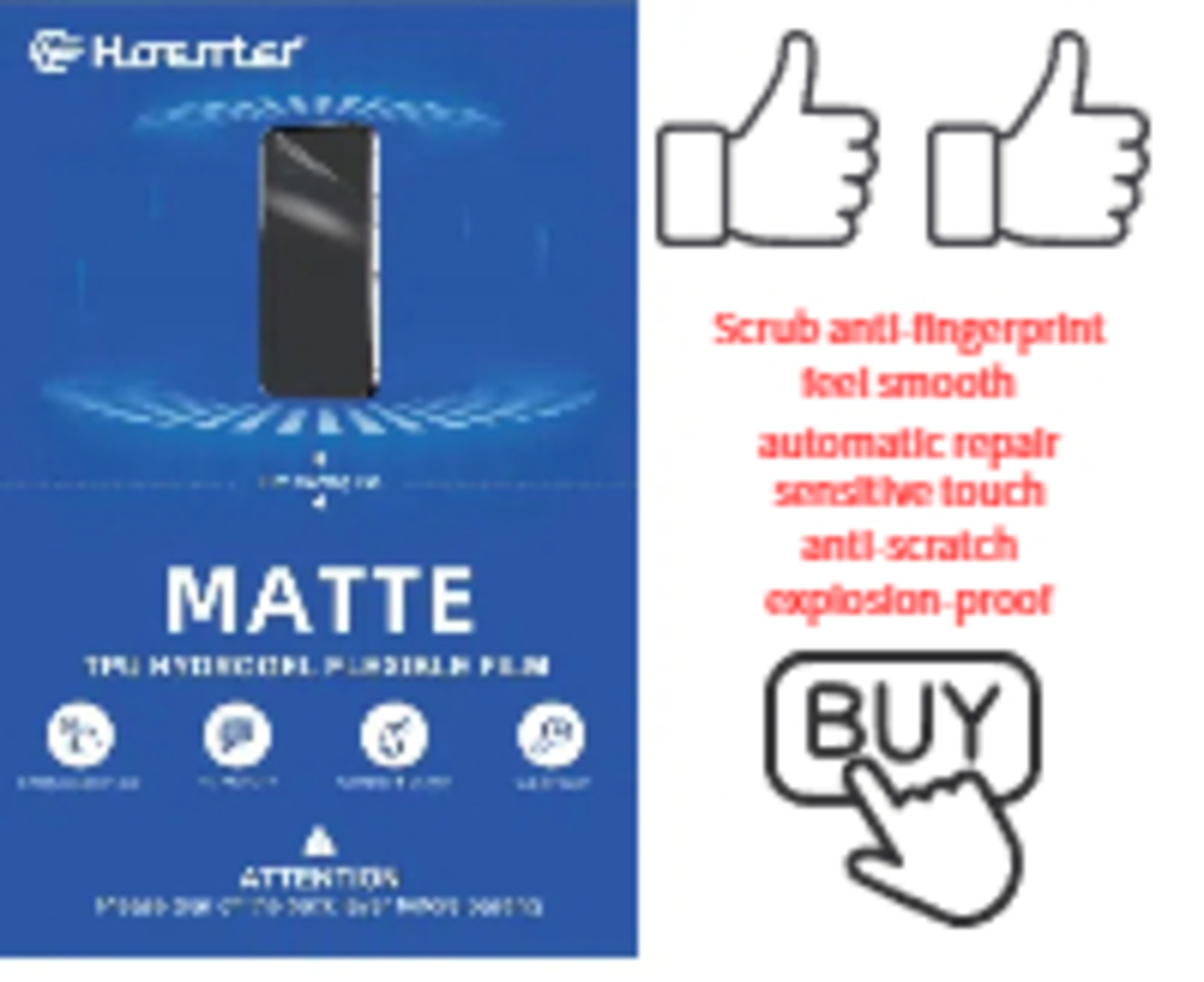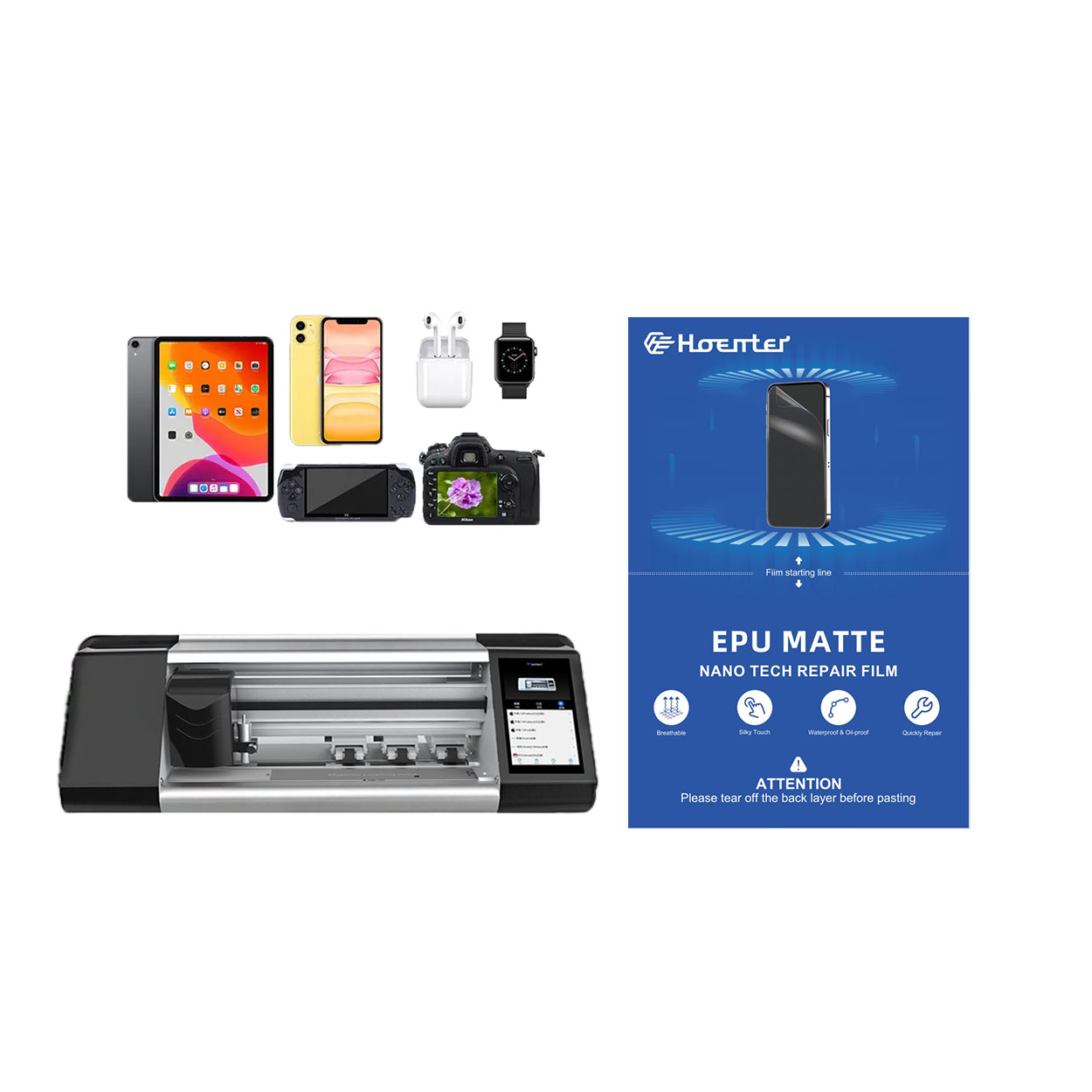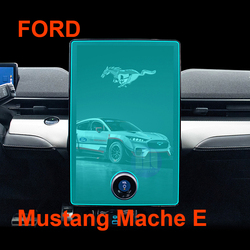
DIY vs Professional: Is a Screen Protector Cutter Worth the Investment?
Table of Contents
Extract
Summary
DIY vs Professional: Is a Screen Protector Cutter Worth the Investment? The topic of DIY versus professional screen protector applications has garnered significant attention among consumers seeking to protect their devices. DIY screen protectors allow for customization and potential cost savings, while professional options promise superior clarity, ease of installation, and enhanced durability. The debate over which approach offers better value and protection hinges on various factors, including materials, effectiveness, and user skill levels. Creating a DIY screen protector involves several steps, from measuring and cutting materials to careful application techniques. Although DIY solutions can provide satisfactory results when done correctly, they are often fraught with pitfalls such as inaccurate measurements, inadequate materials, and improper cleaning, leading to diminished effectiveness.
Conversely, professional screen protectors are typically made from high-quality materials that maintain the visual integrity of the device while offering robust protection against scratches and damage. Many consumers opt for professional services due to their guarantees of durability and optical clarity, which are critical for maintaining a device’s usability. The comparison extends to the tactile and visual experience provided by different types of protectors. Tempered glass protectors outperform plastic ones in terms of touch sensitivity and visual fidelity, justifying their higher price point for those who prioritize quality. Additionally, professional options often come with warranties and replacement assurances, further enhancing their appeal to users concerned about potential damage. Ultimately, the choice between DIY and professional screen protector solutions is influenced by individual preferences, budget constraints, and specific device requirements. While DIY methods may suit the hands-on consumer, many find the investment in professional protectors worthwhile for the added protection and peace of mind they provide.
DIY Screen Protector Cutting
Overview of DIY Screen Protectors
Creating your own DIY screen protector can be a rewarding experience, allowing for customization and potentially saving money. However, the effectiveness of DIY solutions varies greatly compared to professional options. DIY screen protectors can be made from materials like tempered glass or film, both of which can provide varying degrees of protection against scratches and damage when applied correctly
.
Steps to Make DIY Screen Protectors
Making a DIY screen protector involves several steps to ensure proper fit and effectiveness:
- Clean the Device Screen: Start by using a microfiber cloth to remove dust and debris. This step is crucial as even minor specks can lead to bubbles or imperfections in the final application.
- Measure and Cut the Protector Material: Measure the dimensions of the device’s screen carefully, leaving extra material around the edges for a proper fit. This ensures better adhesion and coverage.
- Application Process: Begin applying the protector from the top of the screen, working your way down while smoothing out any bubbles or wrinkles. Tools like a credit card or squeegee can help in achieving a smooth finish.
- Consider Additional Protection: Using a protective case can enhance the durability of both the screen and the DIY protector, helping prevent it from peeling or shifting over time.
Common DIY Mistakes
While DIY screen protection can be effective, several common mistakes can undermine the project:
- Incorrect Measurements: Failing to measure accurately can lead to poorly fitting protectors that leave parts of the screen unprotected.
- Using Inadequate Materials: Selecting low-quality or unsuitable materials can result in protectors that are ineffective or easily damaged. Tempered glass is generally more durable than film options.
- Improper Cleaning: Neglecting to clean the screen adequately before application can trap dirt and debris, causing bubbles that diminish the protector’s effectiveness.
- Skipping Steps: Rushing through the application process or skipping vital preparatory steps can lead to a subpar finish. Each step plays a role in ensuring a successful outcome.

Screen Protector Cutter
Professional Screen Protector Services
Professional screen protector services offer numerous advantages over DIY solutions, particularly in terms of clarity, ease of installation, and overall effectiveness. These protectors are typically crafted from high-quality materials that ensure transparency, allowing users to maintain the visual integrity of their screens while safeguarding against scratches and damage.
Benefits of Professional Screen Protectors
Clarity and Quality
One of the standout features of professional screen protectors is their optical clarity. These products are designed to be clear and transparent, ensuring that the display quality of the device remains uncompromised. Users do not have to sacrifice screen clarity for protection, which is a critical factor for anyone who relies on their device for visual content.
Ease of Installation
Professional screen protectors are designed with user convenience in mind. They often come with pre-cut templates that facilitate easy alignment and installation, minimizing the risk of bubbles or misalignment that can occur with DIY applications. This ease of installation can make a significant difference for those who may not have experience applying protective films themselves.
Durability and Protection
Investing in a professional screen protector can dramatically increase a device’s durability. Many of these products are engineered to be scratch-resistant and shatterproof, effectively absorbing impacts that could otherwise lead to cracked screens. This added layer of protection not only preserves the device but also provides peace of mind for users concerned about potential damage from drops or daily wear and tear.
Customization and Aesthetic Choices
Professional screen protectors can be tailored to fit specific devices, ensuring a perfect fit that does not interfere with the device’s functionality. Additionally, they are often available in a variety of colors and styles, allowing users to choose options that best match their personal style or device aesthetics.
Warranty and Replacement Options
Many professional screen protectors are backed by warranties, offering users a safety net if the product sustains damage. In such cases, customers can often receive a replacement at little to no cost, enhancing the value of their investment.

Comparison
Protection Level Comparison
When evaluating screen protectors, protection levels are paramount. Tempered glass protectors are noted for their high-level protection, capable of absorbing and distributing the force of impacts effectively, which can prevent screen damage even in severe drop situations
. In contrast, plastic protectors provide a minimal degree of protection against scratches but lack the same impact resistance offered by tempered glass.
Touch and Visual Experience Comparison
The tactile and visual experience provided by tempered glass protectors significantly outperforms that of plastic options. Tempered glass protectors maintain the original screen’s feel and offer high translucency, ensuring an optimal viewing experience
. While plastic protectors deliver acceptable clarity, they do not match the smooth touch and visual fidelity provided by tempered glass protectors.
Cost Comparison
Cost is a crucial factor when choosing a screen protector. The choice largely depends on individual needs and preferences. Those prioritizing high protection, visual clarity, and smooth touch experience may find the higher cost of tempered glass protectors justified
. Conversely, if budget constraints are a priority, plastic protectors may suffice for those seeking basic scratch protection. Ultimately, the ideal screen protector is one that fits the device, aligns with usage habits, and is within the purchaser’s budget.
Additional Considerations
There are also functional variations in screen protectors. Some come with matte anti-glare coatings suitable for bright conditions, while ultra-clear options minimize the effect on the image and filter UV rays. Privacy screen protectors serve a dual purpose by obscuring the display from onlookers, adding an extra layer of utility beyond mere protection
. Moreover, different protectors vary in thickness and hardness, which can affect their protective capabilities.
Comments
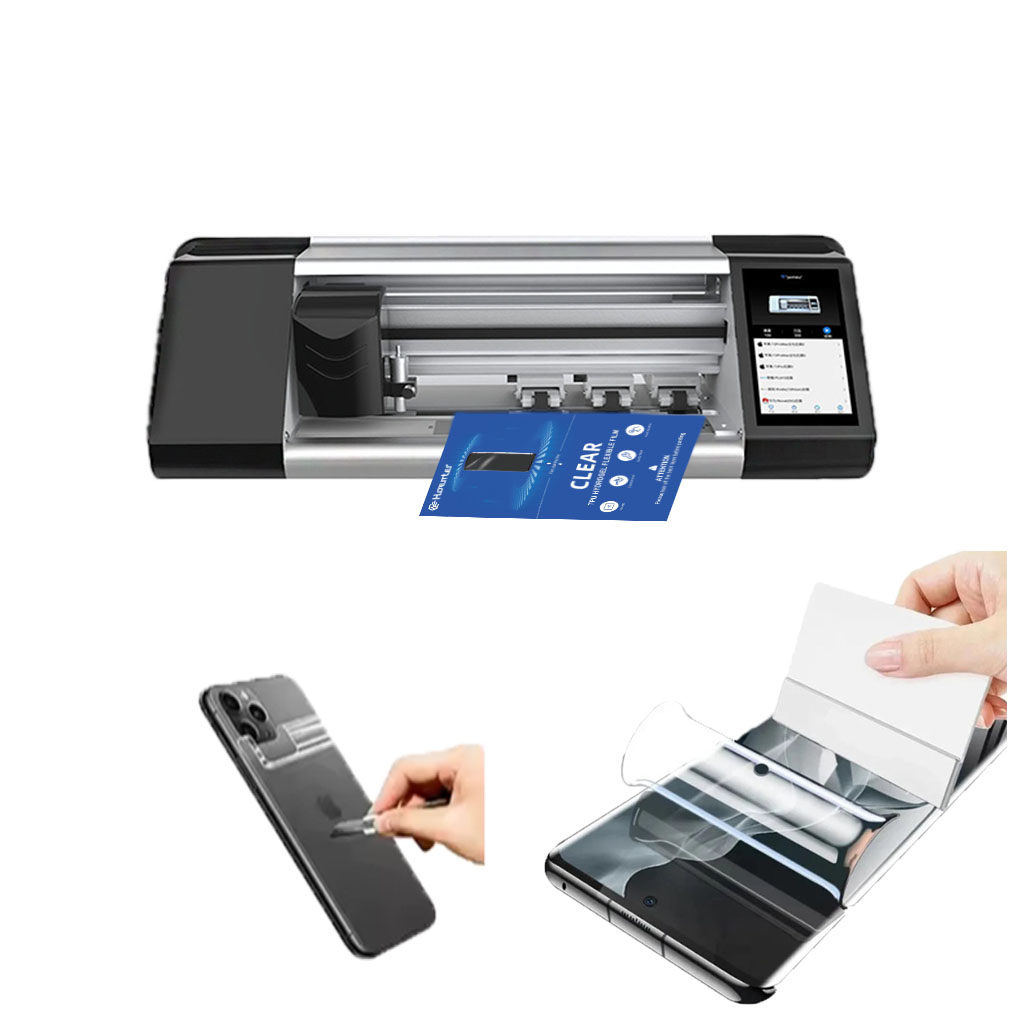
Screen Protector Machine
Hydrogel cutting machines excel at handling soft, flexible materials and are generally more cost-effective for simple designs.
Laser cutting machines offer superior precision, especially for complex cutouts, and greater material versatility.
The choice between hydrogel and laser cutting depends on factors like production volume, material types, and design complexity.
Consider long-term costs, including maintenance and energy consumption, when making your decision.
Both technologies continue to evolve, with future trends focusing on AI integration and eco-friendly solutions.

How to Remove Invisible Shield Screen Protector?
By following these steps, you can confidently remove and replace your Zagg InvisibleShield screen protector, ensuring your device stays protected and looking its best!
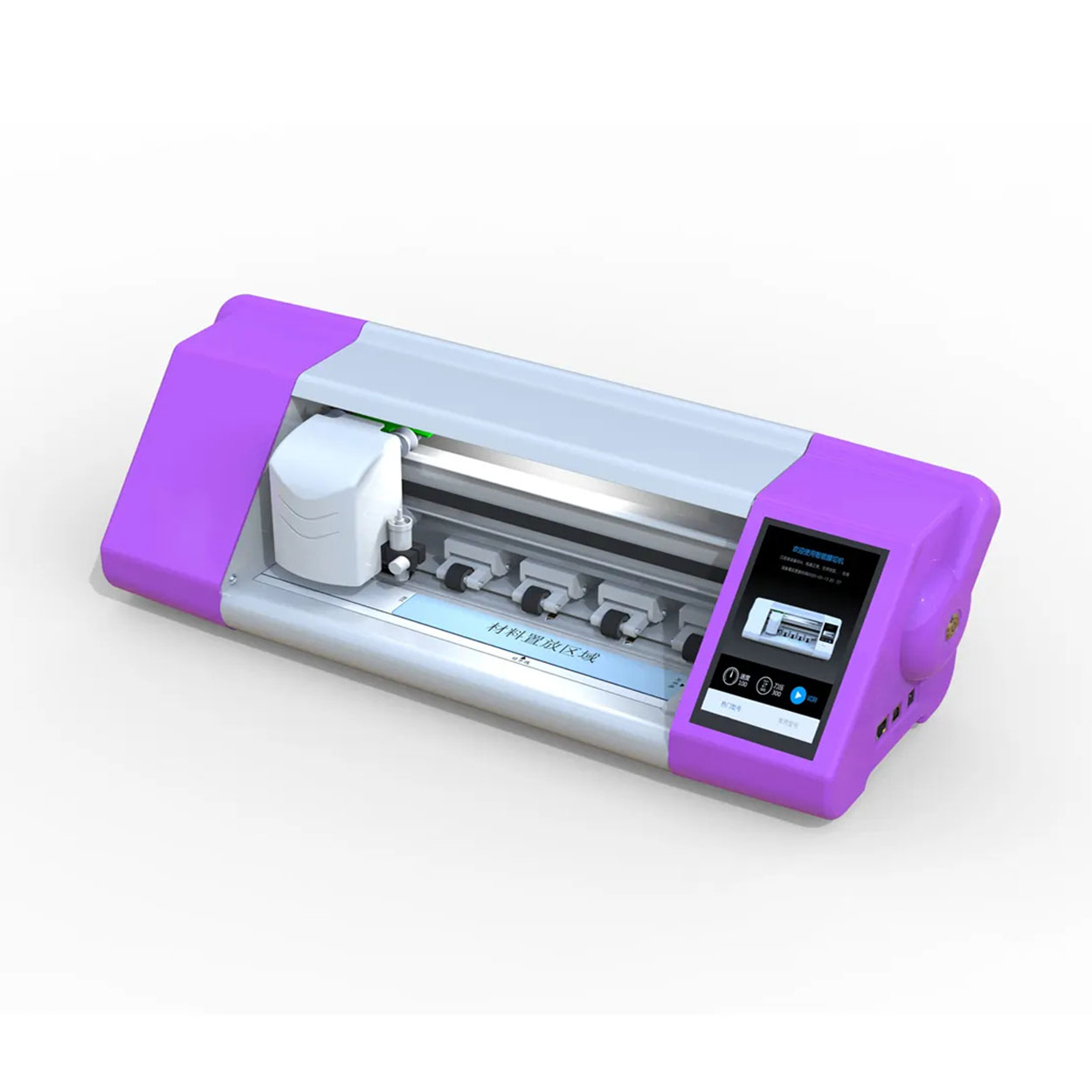
Best Mobile Phone Screen Protector Cutting Machine
Discover the future of mobile protection with our guide to screen protector cutting machines. Learn how film cutters create custom screen protectors
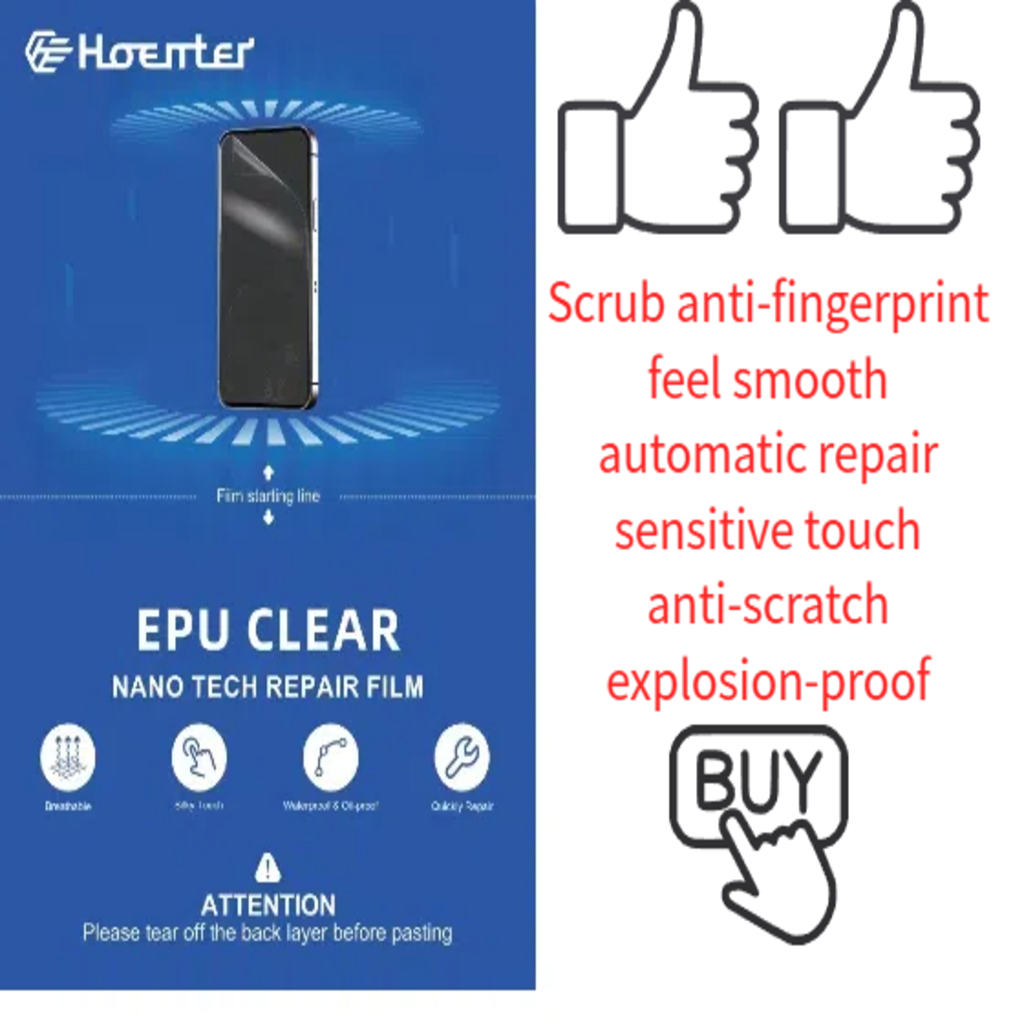
Wholesale Flexible Self-Healing EPU Clear Screen Protector
Wholesale Flexible Self-Healing EPU Clear Screen Protectors offering invisible protection, long-lasting clarity, and superior touch sensitivity.

Achieving a Perfect Fit: Tips for Using Your Screen Protector Cutter
“Achieving a Perfect Fit: Tips for Using Your Screen Protector Cutter” is a comprehensive guide designed to help users understand the nuances and best practices involved in using screen protector cutting machines.
Tags
Find All knowledge and trends from our blog, get the wholesale price and best quality from our factory.

What Film Cutting Machine and Its Application
Film cutting machines have played a crucial role in the evolution of filmmaking and various industrial processes by enabling precise cutting and splicing of film materials.

What Is a Screen Protector Cutting Machine?
A screen protector cutting machine is a specialized device designed to produce custom-fit screen protectors for various electronic devices, including smartphones, tablets, smartwatches, laptops, and monitors.

How Mobile Phone Screen Protector Cutting Machine Work?
A mobile phone screen protector cutting machine is a sophisticated device designed
to produce customized screen protectors for various digital devices with high preci
sion and efficiency.

Characteristics of Mobile Phone Tempered Glass and Mobile Phone TPU Screen Protector
Thermoplastic polyurethane (TPU) screen protectors are flexible, durable, and
self-healing plastic films designed to protect electronic device screens from
scratches, impacts, and other potential damages.

Revolutionize Device Protection with Screen Guard Cutting Machine
Whether you possess a smartphone, tablet, or smartwatch, this versatile machine accommodates a vast array of devices. It seamlessly adapts to the dimensions of your gadget, offering a custom fit that generic protectors can’t match.

Screen Protector Lifetime Warranty
A screen protector lifetime warranty is a guarantee provided by manufacturers that
promises to repair or replace a screen protector for the lifetime of the product, under specific terms and conditions.


